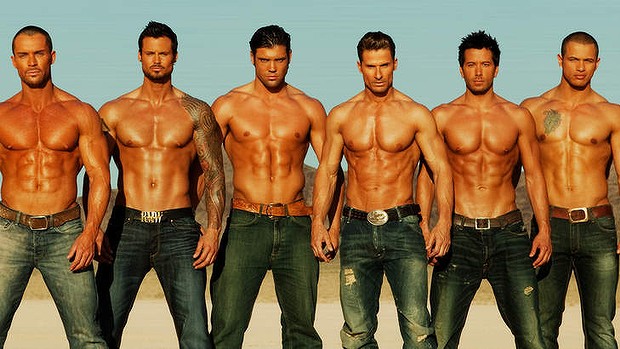The assortative mating theory suggests that people choose partners who are similar to themselves in many ways, such as education, background, social class, personality, and attractiveness. There's now a substantial amount of research to support the theory.
When it comes to physical attractiveness, this means that people of similar attractiveness typically pair up. But, and this is a big but, the longer that people know each other, the less important physical attractiveness seems to be.
In other words, physical attractiveness plays a larger role in who people choose when they don't know each other well. With more time to get to know one another, many other variables start to play an important role in partner choice.
Additionally, relationship and partner satisfaction in the longer term seem to have less to do with partner attractiveness than other partner attributes.
The article below discusses this in the context of online dating, where there are limitless partner options and people have little chance to get to know each other before they date.
From Priceonomics:
Online Dating and the Death of the 'Mixed-Attractiveness' Couple
by Alex Mayyasi
When was the last time you met a couple where one person was attractive and the other was not?
There’s no reason couples like that should stand out—except for the fact that they are so rare. Seeing it can set off an uncharitable search for an explanation. Is the plain one rich or funny? Is the attractive one boring or unintelligent?
While love-seeking singles speak of this dynamic through euphemisms like “she’s out of my league”, economists and psychologists have dismally documented it.
"We think we have highly idiosyncratic preferences,” psychologist Paul Eastwick has said of dating, “but there's just no compelling evidence that those preferences [matter] once people actually meet face-to-face.” Experiments run by OKCupid, a dating site that matches singles by asking them which qualities they care about in a partner, support this idea.
Instead it’s well established among academics interested in dating that “opposites attract” is a myth. Study after study supports the idea of “assortative mating”: the hypothesis that people generally date and marry partners who are like them in terms of social class, educational background, race, personality, and, of course, attractiveness.
To use fratboy vernacular: 7s date other 7s, and a 3 has no chance with a 10.
There is an exception, however, to this seeming rule that people always date equally attractive people: The longer two people know each other before they start dating, the more likely it is that a 3 will date a 6, or a 7 will marry a 10.
Read the rest here: link.















